Click to join the conversation with over 500,000 Pentecostal believers and scholars
Click to get our FREE MOBILE APP and stay connected
| PentecostalTheology.com



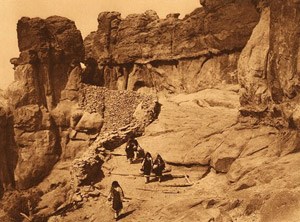
Photo by Edward S. Curtis (1868-1952). Courtesy of Library of Congress.
Armies and religion have built the great empires of history. The Spanish experience in the New World was no exception. The Spanish colonization of the southwest and California followed the same patterns and methods, as in Mexico, with the obligatory adaptations as well as abuses and errors of any conquest. All expeditions into unknown lands were guided by the sword of the soldier and the cross of the missionary. In the great expeditions in North America during the mid-1500s, friars marched among hundreds of soldiers.
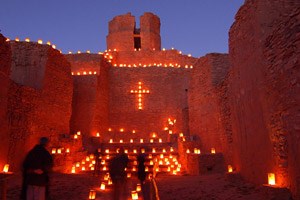
Photo by Larry Lamsa. Courtesy of Flickr Creative Commons.
The pioneering Spaniards did not find empires or great armies in North America as in the case of the Aztecs of Mexico and the Incas of Peru. Neither were there cities or great routes or formal roads. In general, the native peoples beyond the Río Grande (or beyond the Mississippi) were scattered and unable to pay tribute or provide laborers for the mines or establish great agricultural operations, which were not possible in barren lands or those hardly suitable for cultivation. But from the beginning to the end, the missionary’s zeal to evangelize and educate the natives was never wanting.
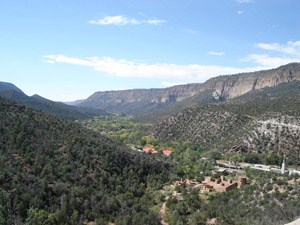
Courtesy of the National Register.
Two very distinct geographies were the settings for two men who were also very different, both committed to the same enterprise or mission: Father Eusebio Francisco Kino (1644-1711) in the Sonora desert;Fray Junípero Serra (1713-1784) along the California coast. One a Jesuit of German ancestry, and the other, a Franciscan born on the Spanish island of Mallorca. Both attest to the lives of many other missionaries. Kino known as the “Padre on Horseback”, indefatigably traveled the trails of northwestern New Spain. As a true frontiersman, his work was not limited to spiritual activities.
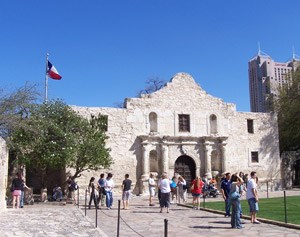
Photo by Bigroger27509. Courtesy of Wikimedia Commons.
The Spanish missions have survived in an urban and industrialized world. The mission of the Alamo (San Antonio de Valero in San Antonio, Texas) attests to the great events in the history of the United States. San Xavier del Bac, stands tall and white near Tucson. The many missions of Alta Californa—well situated from San Diego to San Francisco, like a rosary—invite the faithful to prayer, and offer visitors an opportunity for rememberances and contemplation.
Watch the whole MISSION movie on youTube here
https://www.youtube.com/watch?v=Sulonuh_T48


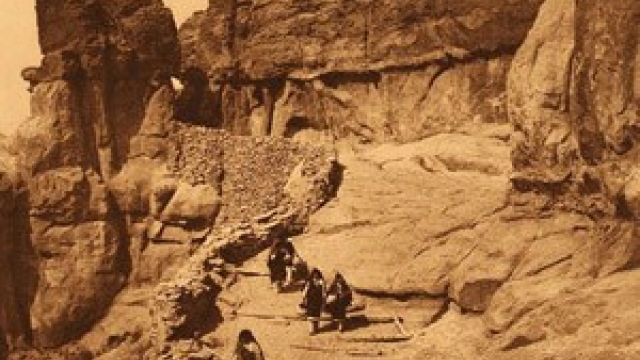
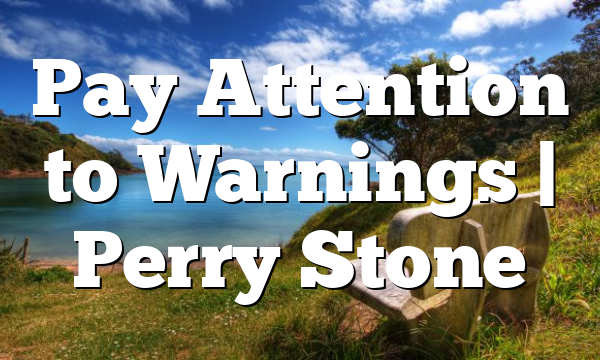
Varnel Watson
same ol same ol Isara Mo Philip Williams Joe Absher